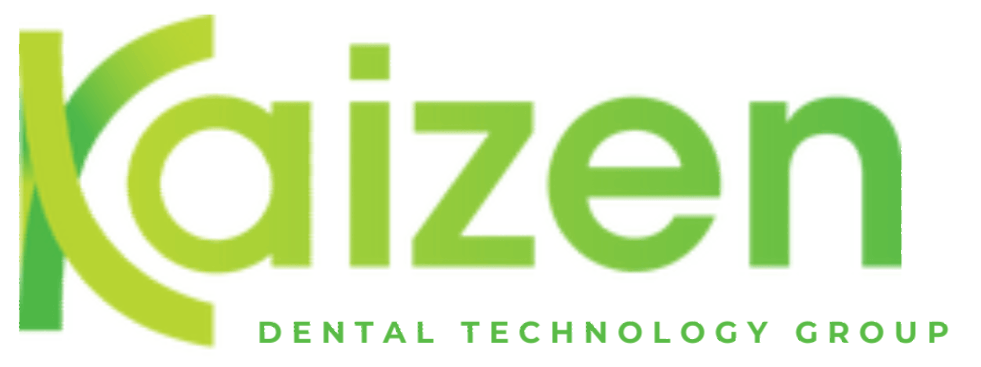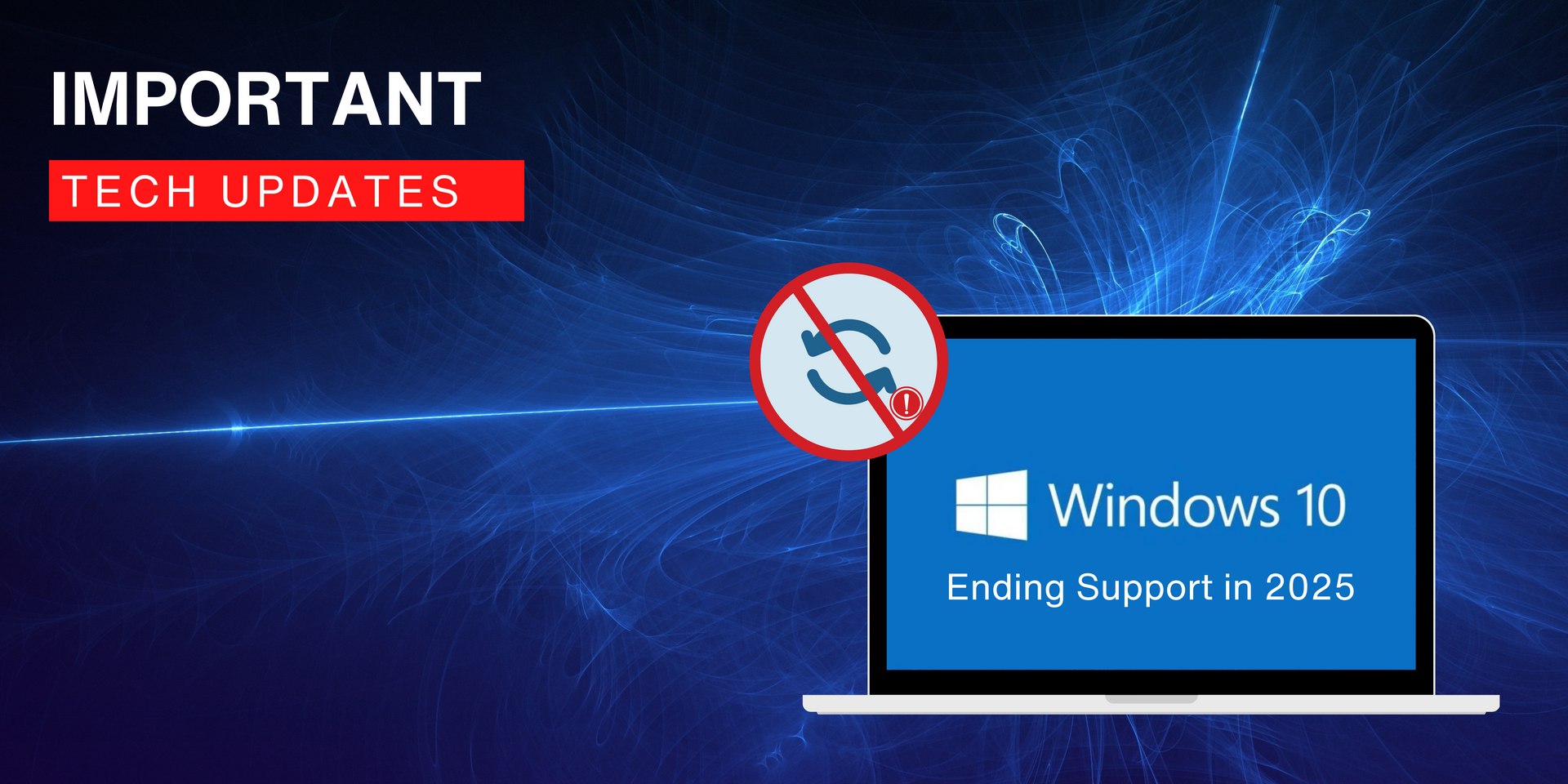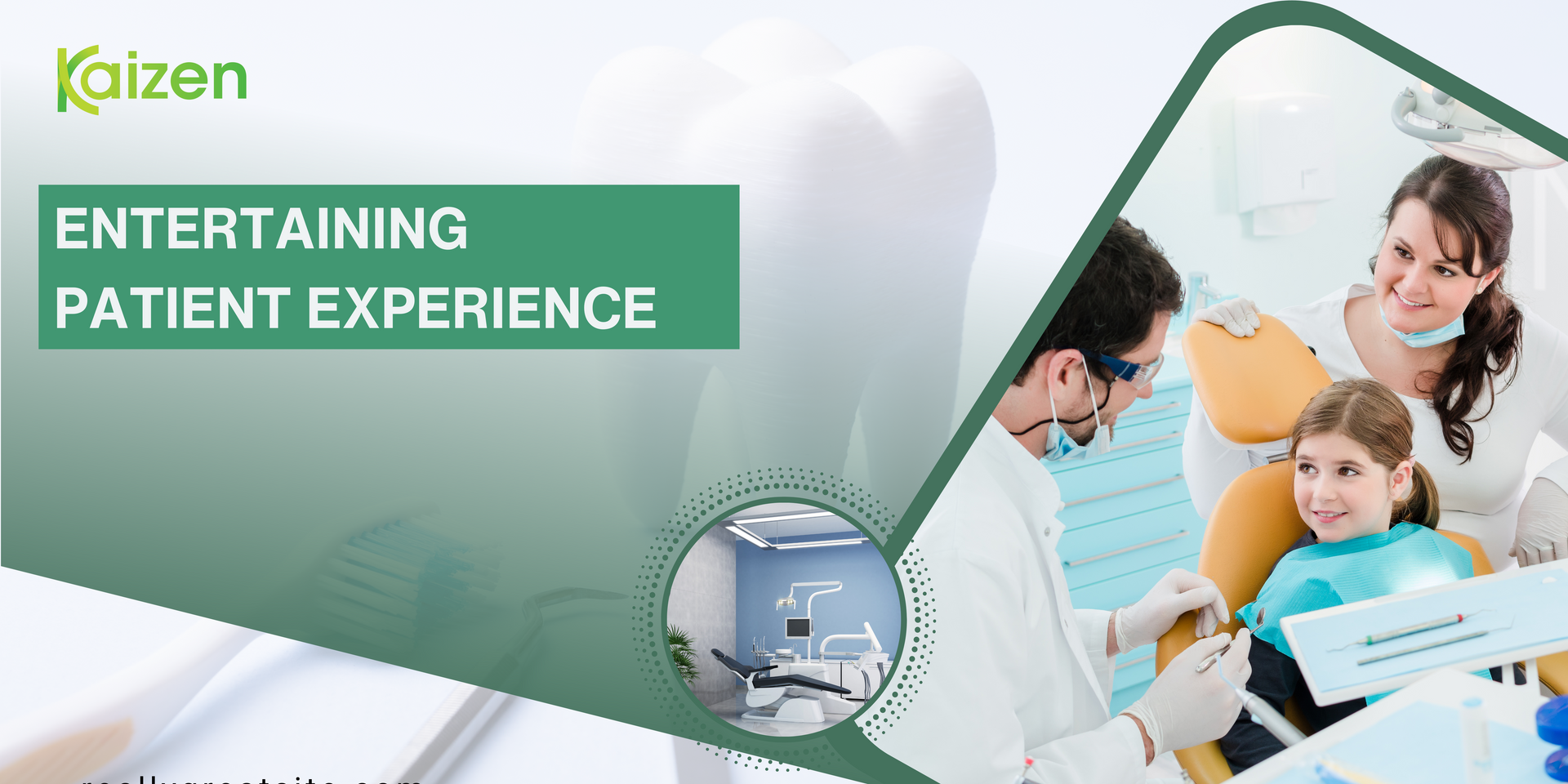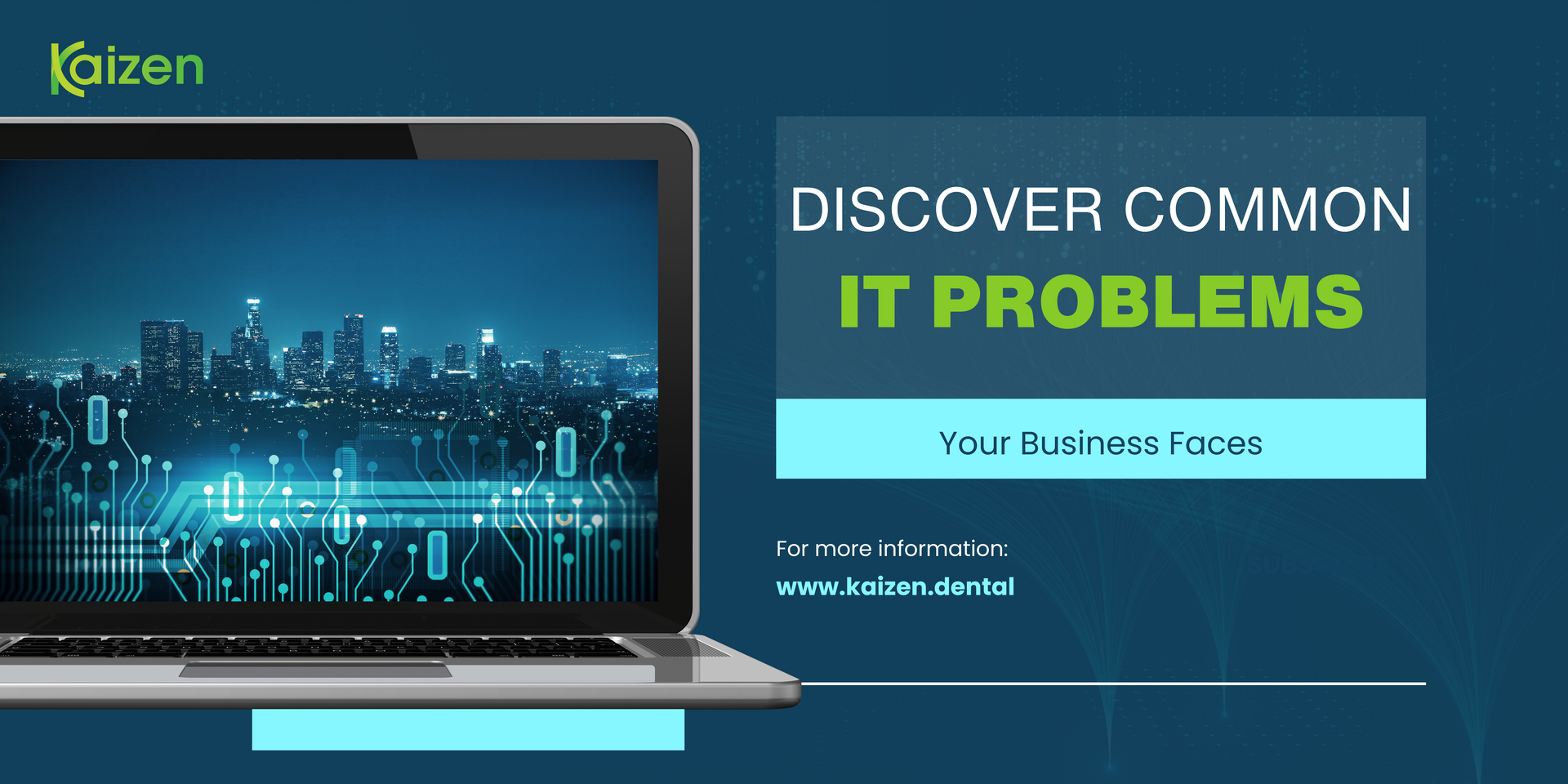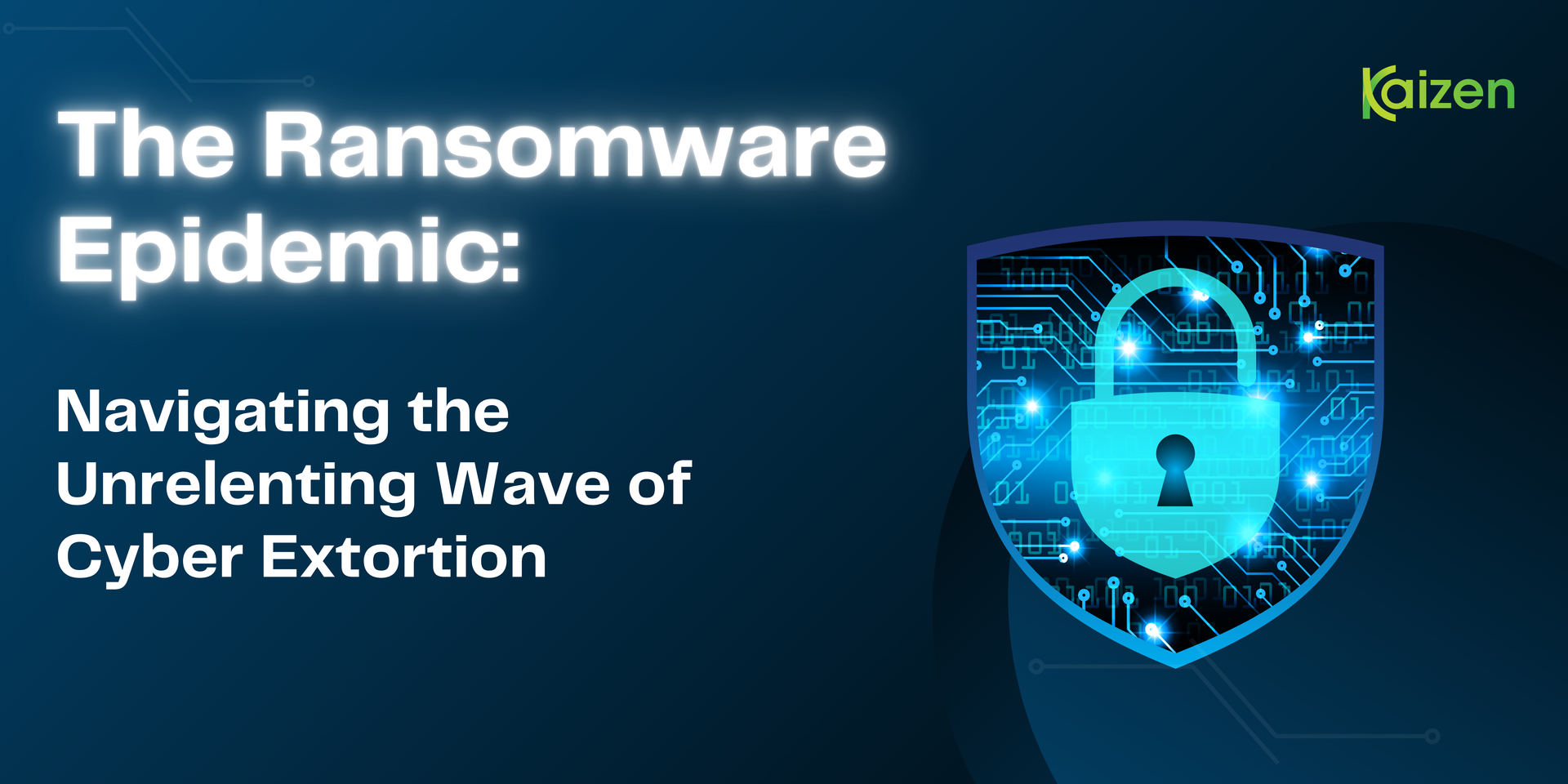Safeguarding Smiles and Data:
Understanding Malware Risks in Dental Practices
In today's digital age, dental practices are not only responsible for caring for patients' oral health but also for safeguarding their sensitive information. As technology becomes increasingly integrated into healthcare, the threat of malware looms as a serious concern. In this blog post, we will delve into the world of malware risks that dental practices face and provide insights on how to fortify your practice against these digital threats.
The Malware Landscape in Dental Practices:
Malicious software, or malware, encompasses a variety of digital threats, including viruses, ransomware, spyware, and more. These threats can infiltrate a practice's IT systems and wreak havoc on patient records, financial data, and operational stability.
Common Malware Risks:
- Ransomware Attacks: Ransomware can lock dental practice data and demand payment for its release, causing severe disruptions and potential loss of sensitive information.
- Phishing Attacks: Cybercriminals use cleverly crafted emails to trick staff into divulging sensitive information or clicking on malicious links, leading to potential data breaches.
- Trojan Horses: These seemingly harmless software programs hide malware that can give hackers unauthorized access to practice systems, compromising patient data.
- Keyloggers: These tools can track keystrokes to steal passwords and other confidential information, putting patient records and financial data at risk.
- Drive-By Downloads: Innocent-seeming downloads can introduce malware into practice computers, leading to potential data loss or system compromise.
Impact of Malware on Dental Practices:
The consequences of a malware attack on a dental practice can be devastating. Patient trust can be shattered, operational efficiency hampered, and legal and regulatory repercussions can follow. Moreover, the cost of recovering from a malware attack can be significant, both in terms of finances and reputation.
Protecting Your Dental Practice:
- Educate Staff: Regularly train your staff to recognize phishing emails, suspicious links, and attachments. Ensure they understand the importance of data security.
- Strong Password Policies: Enforce strong, unique passwords and encourage regular password changes.
- Update Software: Keep all software, including operating systems and security applications, up to date to close potential vulnerabilities.
- Data Encryption: Encrypt patient data both in storage and during transmission to prevent unauthorized access.
- Regular Backups: Implement regular backups of patient data to ensure quick recovery in case of an attack.
- Firewall and Antivirus: Employ reliable firewall and antivirus solutions to block malicious activities and identify potential threats.
- Access Control: Restrict access to sensitive data to authorized personnel only, reducing the risk of data breaches.
- Incident Response Plan: Develop a comprehensive incident response plan to outline steps to take in case of a malware attack.
Conclusion:
Dental practices play a crucial role in patients' lives, and protecting their sensitive information is paramount. The threat of malware is real, but with proactive measures, proper education, and robust cybersecurity practices, practices can defend against these digital adversaries. By taking steps to safeguard both smiles and data, dental practices can continue providing exceptional care while keeping patient information safe from the hands of cybercriminals.
